With the spectacular scenery of its interior and a coastline of great economic and demographic growth, where the younger generations are settling in this municipality, this is how we can describe in a few short words what we going to find in Santa Lucía. But we won’t want keep it too short, we shall tell you a little bit more, so that you can digest our words along with the fine produce that the land and its cuisine offer.
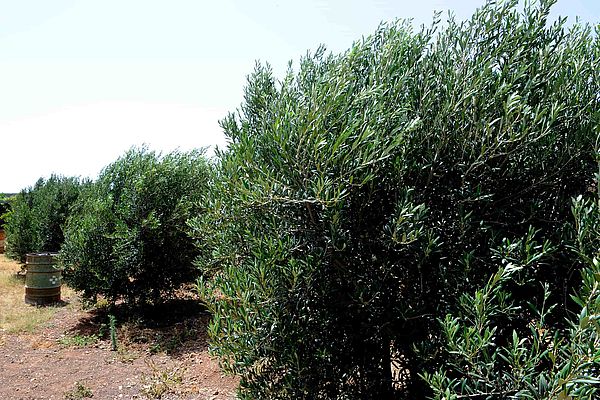
Whether we go on an excursion to take in the gorgeous beauty of the interior of this part of the island (including a stop off at the village which gives Santa Lucía its name, and go for a stroll, enjoy the traditional cuisine or to buy locally produced fruit such as oranges and olives), or whether we choose instead to go into the urban shopping centre of Vecindario down at the coast (with an even wider choice of fine cuisine, including one of the best known confectioners in the Canaries: Neketan, a must for sweet lovers), on the one hand we have the olive as the unique traditional protagonist while on the other we have the tomatoes which are products with the most up to date technology. We also mustn’t forget the fine dairy tradition in the shape of its many cheeses.
The olive known as the “verdial de Huévar”, which came in from the Iberian Peninsula soon after the Castillian Conquest, spread quickly throughout the southeast of the island. Following a period of several centuries of adaptation and evolution in its new habitat, it became known as the “local olive”. Very near to the village of Santa Lucía in fact is one of the oldest known and preserved 19th century olive mills, an outstanding example of traditional industrial architecture, and aptly declared a Building of Cultural Interest in 2007, called El Valle Olive Mill or Los Araña.
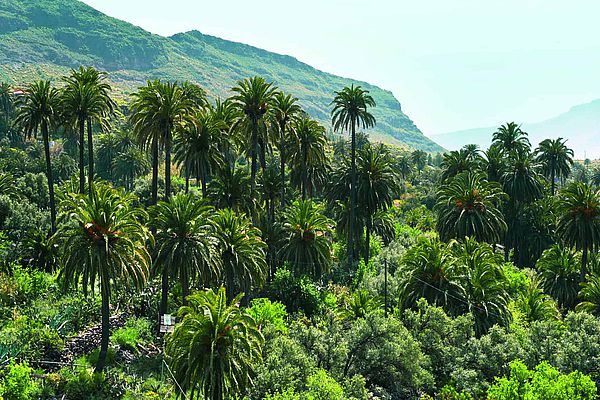
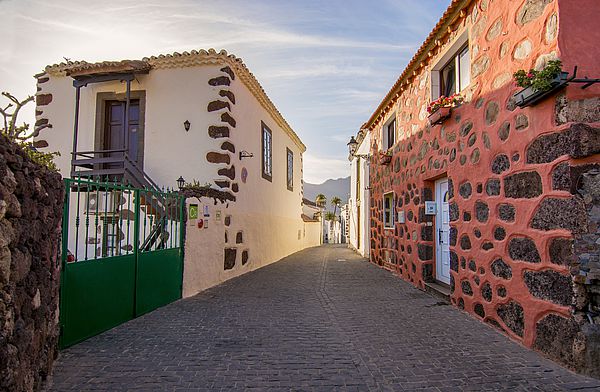
In the building constructed next to a gofio mill, the oil mill was installed, following primitive designs, and in it we can see the mill part and the two beam presses, made to rest “their weight onto an old style basket of palm leaves placed on a block of stone where the pulp is pressed and the oil seeps out into a bowl”, as the restoration project authors put it, writing for the Memoria Digital de Canarias website, part of Las Palmas de Gran Canaria University.
Olive oil production lost its way somewhat as last century went on, but has since been reinstated in the whole region since the turn of this century, and nowadays is a highly regarded and sought after product, and is served as a speciality in many restaurants. Until then, what has been done to keep the tradition alive, is to prepare olives in mojo sauces.
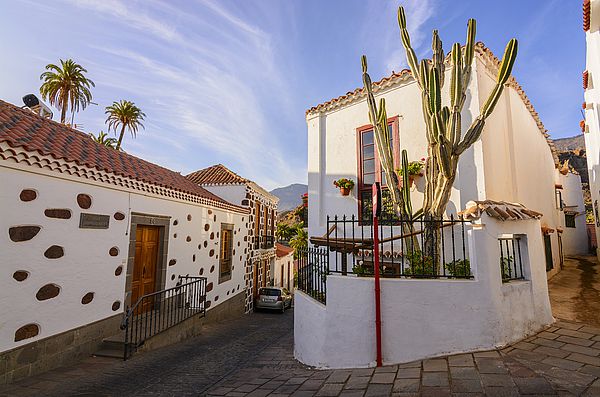
Flora Vélez López was a well known shop keeper in Ingenio in Santa Lucía, and was one of the pioneers at the end of last century of olives in mojo sauce. In her little shop visitors could buy bread, fruit and tins of food, and also hats, empleitas, or wicker recipients, broomsticks made from palm leaves, and of course, olives. In the patio of the house, in the shade of some bushy olive trees, olives would be piled high on a mat at harvest time in autumn “so they don’t burn, can be peeled, and pull off the baby olives, leaves and twigs”, she would explain, “and they are then stored in glass jars”.
While modern technology is relatively new to olive mills, tomato production has long been renewing and modernizing both its cultivation and its packaging methods, as it is not only sold in the islands, but to very demanding European markets too.
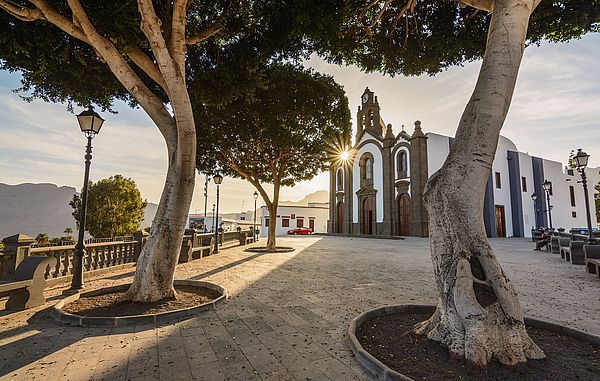
Tomatoes are grown in modern greenhouses (known as multitunnels), under the watchful eye of computers, which depending on information received from measuring apparatus, set off watering between 14 and 18 times a day, or increase humidity with high pressure water sprinklers. Leading manufacturing cooperatives also operate integrated plague control techniques, by careful use of plants and insects. Predators such as the Cyrtopeltis tenuis and the Orius albidipennis attack white fly, while the white bottomed bee (Bombus canariensis) has the enviable task of pollinating the flowers.